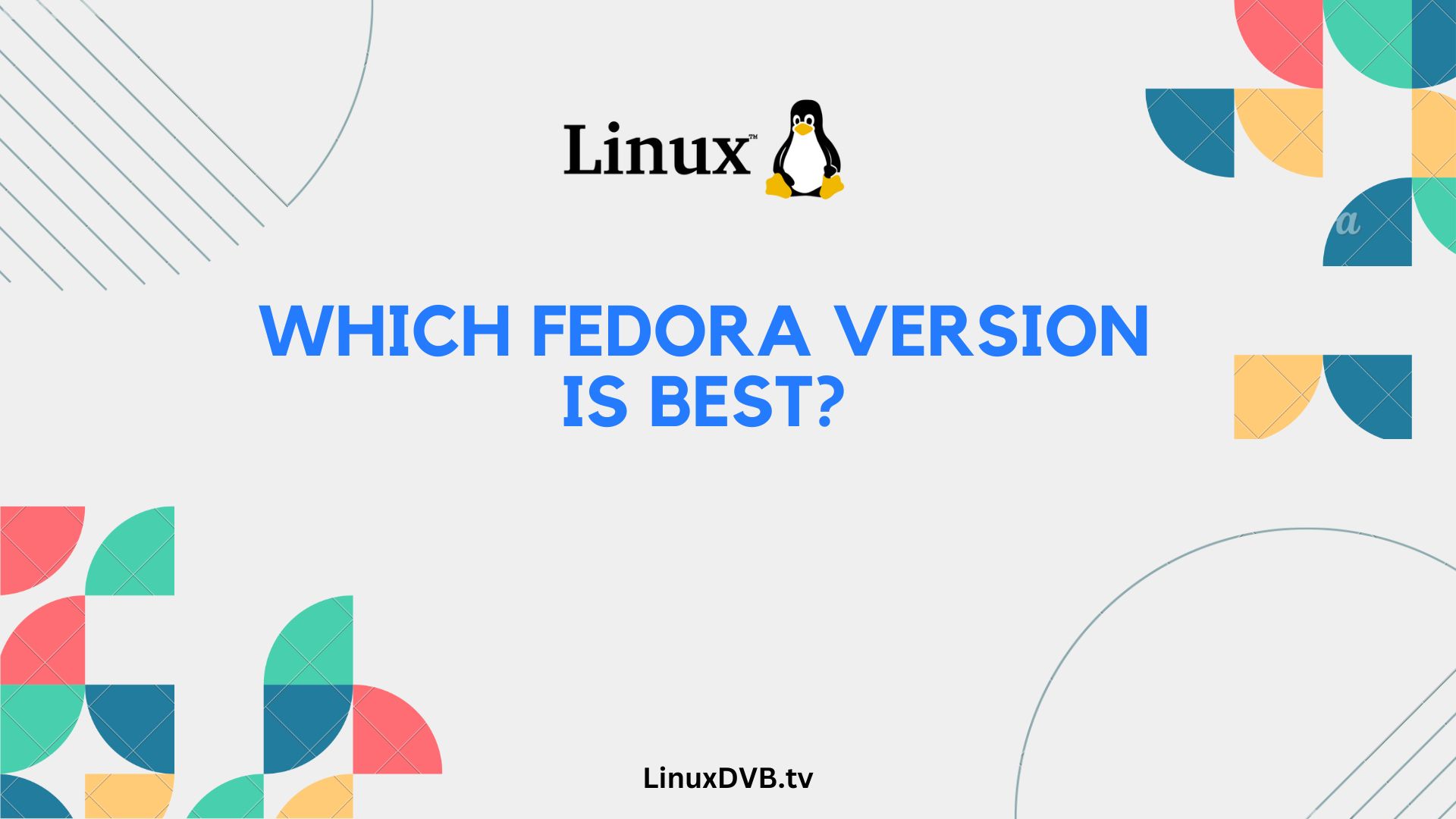Introduction
If you’re delving into the world of Linux operating systems, you might have encountered the question: “Which Fedora version is best?” Fedora, known for its cutting-edge technology and community-driven development, offers a range of releases to cater to different needs. In this article, we’ll take you on a journey through the various Fedora versions, each with its unique characteristics and use cases. By the end, you’ll have a clearer picture of which Fedora flavor suits your requirements.
Table of Contents
Which Fedora Version is Best?
Let’s start by directly addressing the central question: Which Fedora version is best for you? The answer depends on your specific needs and preferences. Fedora offers several editions, including Workstation, Server, and IoT. Let’s explore them one by one.
Fedora Workstation: A User-Friendly Experience
Fedora Workstation is designed with the desktop user in mind. It provides a polished and user-friendly experience that’s perfect for developers, content creators, and everyday computer users. Some of its key features include:
- GNOME Desktop Environment: Fedora Workstation features the GNOME desktop, known for its sleek design and intuitive interface.
- Developer-Friendly: It comes pre-loaded with development tools and software, making it ideal for software developers.
- Software Management: Fedora Workstation uses DNF (Dandified Yum) for package management, ensuring smooth and hassle-free software installation and updates.
Fedora Server: For Robust Server Environments
If you’re looking to set up a server, Fedora Server might be your best choice. It’s tailored for server environments and offers:
- Server Roles: Fedora Server allows you to easily configure server roles such as file server, domain controller, web server, and more.
- Cockpit Management: Cockpit is a web-based interface that simplifies server management tasks, making it accessible even for beginners.
- Stability: While Fedora Server is more cutting-edge than some other server-focused distributions, it still provides a reliable and secure server environment.
Fedora IoT: For the Internet of Things
The Internet of Things (IoT) is a growing field, and Fedora IoT is designed to meet the unique requirements of IoT devices and applications. It offers:
- Minimal Footprint: Fedora IoT is designed to be lightweight and efficient, making it suitable for resource-constrained IoT devices.
- Container Support: It supports containerization technologies like Podman and Docker, which are essential for IoT edge computing.
- Security: Security is paramount in IoT, and Fedora IoT includes features like automatic updates to enhance device security.
Exploring Fedora Versions
Beyond the primary editions, Fedora also releases versions that cater to specific use cases and interests. Let’s delve into some of these specialized Fedora editions:
Fedora Silverblue: An Immutable OS
Fedora Silverblue takes a unique approach by offering an immutable operating system. This means that the core OS is read-only, providing enhanced security and reliability. Users can run applications in containers, ensuring a consistent and isolated experience.
Fedora KDE Spin: A KDE Plasma Experience
If you prefer the KDE Plasma desktop environment, Fedora KDE Spin provides an official Fedora flavor with KDE as the default desktop. It offers a rich and customizable user interface for those who appreciate KDE’s features and aesthetics.
Fedora Labs: Specialized Environments
Fedora Labs offers a variety of specialized editions tailored for specific tasks. Whether you’re interested in astronomy, gaming, or multimedia production, there’s likely a Fedora Labs edition that suits your interests.
FAQs
Can I switch between Fedora editions?
Yes, you can switch between Fedora editions by installing the desired desktop environment or software packages. However, it’s often easier to choose the edition that aligns with your needs from the start.
Is Fedora Workstation suitable for beginners?
Yes, Fedora Workstation’s user-friendly interface and extensive software support make it a good choice for beginners transitioning to Linux.
What is the release cycle for Fedora?
Fedora typically follows a six-month release cycle, with new versions being released in May and November each year.
Is Fedora Server secure for production environments?
Yes, Fedora Server can be used in production environments with proper configuration and security measures. Many organizations rely on Fedora Server for their server infrastructure.
How can I try Fedora without installing it?
You can create a Fedora Live USB or use virtualization software like VirtualBox to try Fedora without making any changes to your existing system.
What are the hardware requirements for Fedora?
Hardware requirements vary depending on the edition and use case. However, Fedora generally runs well on modern hardware with at least 2GB of RAM and a reasonably fast processor.
Is Fedora a good Linux?
Yes, Fedora is considered a good Linux distribution known for its cutting-edge features and community support.
Which Fedora version is best?
The best Fedora version depends on your specific needs and preferences.Conclusion
In the quest to find the best Fedora version, it’s essential to consider your specific needs and preferences. Whether you’re a developer seeking a robust environment, a desktop user looking for a sleek experience, or an IoT enthusiast, Fedora has a version that can cater to your requirements. Explore the world of Fedora, and you’ll discover a vibrant community and a range of options to suit your Linux journey.

